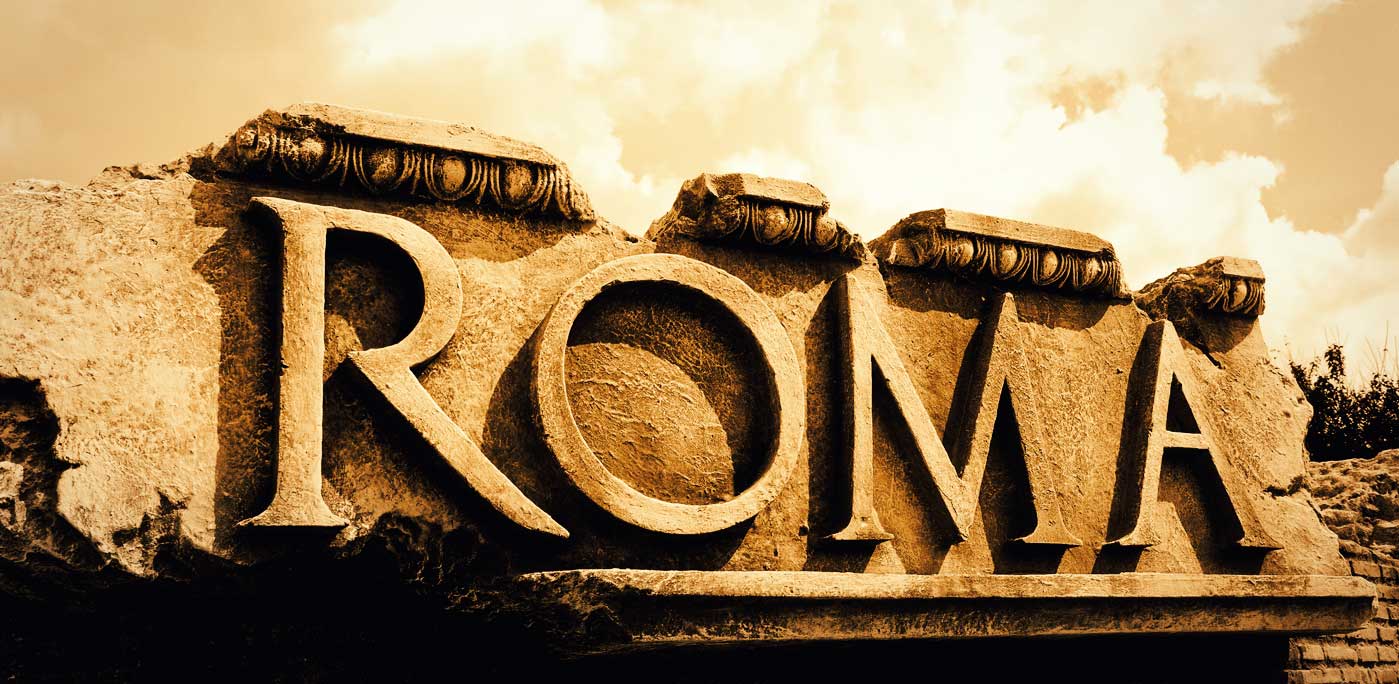On the 21st of April, Rome turned 2.773 years old, but this was a very strange birthday indeed. No one was around her streets celebrating, there were neither aperitivi nor strolls at the Pincio with your loved ones, enjoying these first bright days of Spring.
As anyone else, the Eternal City had to celebrate at home. Mind, though: that didn’t mean there were no celebrations, rather, they moved from squares to TV screens, from the street to social media. Mayor Virginia Raggi explained it well, the day before the birthday: “This is a difficult moment for Rome, for Italy and for the world. We’ll get back on to our feet, as our history shows we always did.” Deputy mayor Luca Bergamo added that “this birthday could be remembered as the symbol of an incredibly challenging period, but that led us to a different, better society. However, it’ll all depend on how aware we’ll become of the fact each one us depends from the moral and material well-being of others.” A birthday that becomes a life lesson.
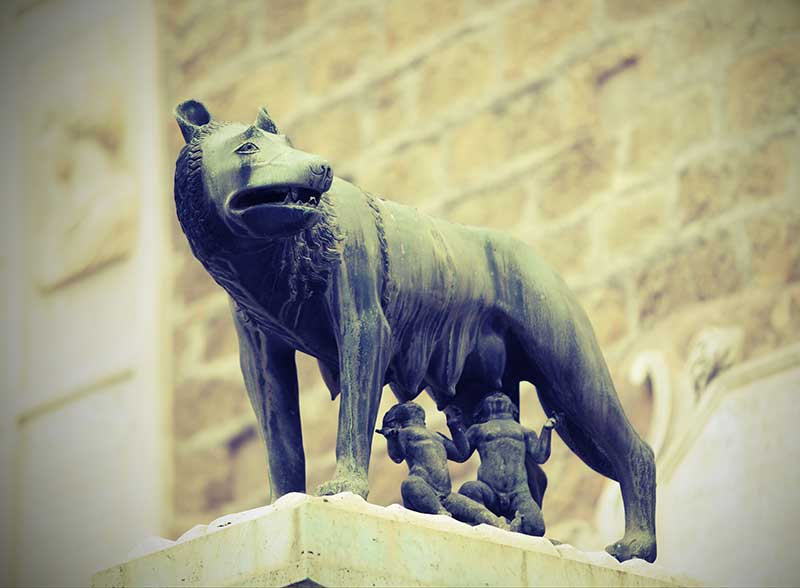
The capitoline she-wolf with Romulus and Remus: the statue is the very symbol of the city of Rome (Photo: Dreamstime)
Endorsed by the #natalediRoma2020, #laculturaincasa and #iorestoacasa hashtags, celebrations included a monologue by actor and comedian Max Giusti, delivered from the Campidoglio terrace, a special birthday message by Ennio Morricone, followed by a performance of the Archi di Santa Cecilia and, always thanks to the Accademia di Santa Cecilia, a series of amazing concerts, recorded and aired on the radio and on national TV.
And then, there was the historical rendezvous the city has, every year on this day, with the astronomical magic happening in the Pantheon, the place at the heart of the Dies Romana since the times of the Empire. Here, every 21st of April since time unmemorable, at midday, the sun enters through the oculus (the large opening in the Pantheon’s dome), its light inclined in such a way to hit the building’s entrance door. Thanks to that, the Emperor visiting the — at that time pagan — temple would bathe in light while walking in. Magic? Not really: just calculations and the smart of Man. If you’d like to see it for yourself, just check the Mibact Youtube channel.
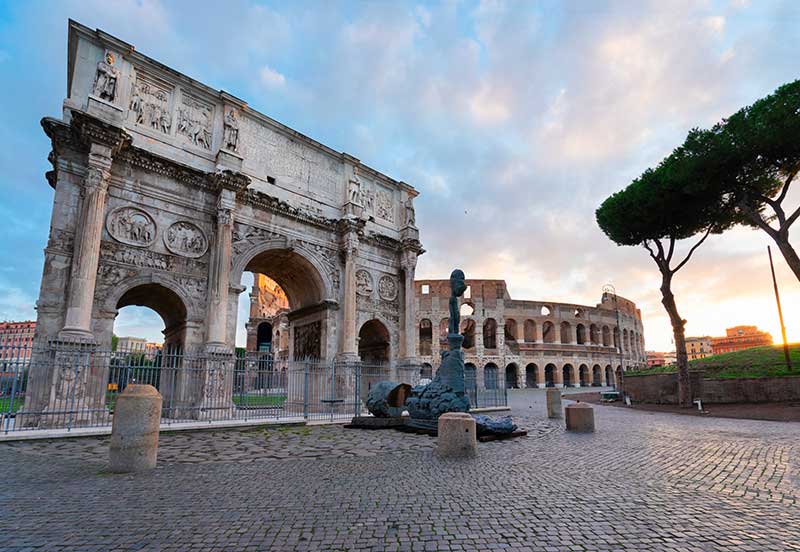
(Photo: Dreamstime)
So, it’s been 2.773 years since the foundation of Rome. But who founded it?
We are all familiar with the legend of twins, Romulus and Remus who, fed and raised by a wild she-wolf that was to become the symbol itself of the city. The two were the children of Rhea Silvia, daughter of the rightful king of Alba Longa Numitor, usurped by his own brother Amulius. Rhea Silvia conceived her two sons with Mars, the god of war. Amulius, who believed they could be a danger to his rule, ordered his henchmen to kidnap and abandon them along the Tiber to die. But they survived. A she-wolf nurtured them and raised them as her own cubs, until Faustulus the shepherd took them in. Eventually, they two rejoined their grandfather and helped him return to the throne by killing their great-uncle Amulius.
At this point, the twins expressed the desire to built a new town in the place they were raised by their adoptive family, but decided to entrust the choice of the right spot to divine decision, which they believed — as it was traditional in those times — to be shown by the flight of birds. Remus, who stood on the Aventine Hill, was the first to see six vultures. Shortly after Romulus, who was on the Palatine, saw twelve. Remus believed the moment of the sighting counted, while Romulus believed the number of the birds was more important. A bloody fight ensued, where Remus eventually ended up dead, possibly by hand of his own brother.
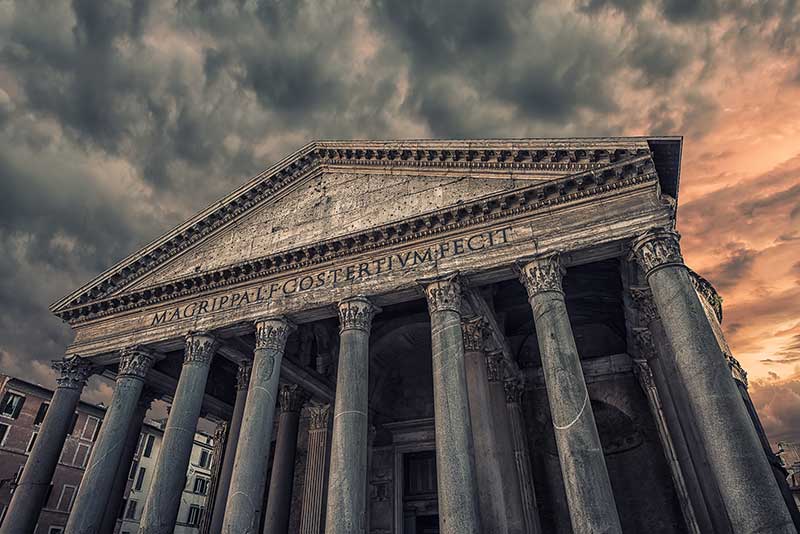
(Photo: Dreamstime)
Now, this type of legend could have been enough for Republican Rome, but there was no way it was sufficient to explain the birth of an Empire. And so Augustus, first Emperor of Rome, had the poet laureate of his time, Virgil, to pen something a tad more grandiose about the foundation of the city: and that, ladies and gentlemen, is how the Aeneid was created. After all his journeying around and all his wars and adventures, Aeneas, hero of the Trojan war and son of Venus, settled in Latium where his son Ascanium was to found the town of Alba Longa. And so, the legendary circle closes.
The point is, what’s true in all this, is there anything historical about Romulus, Remus and the foundation of Rome?

(Photo: Dreamstime)
Well, the sources through which the story came to us are all historical: Livy’s Ab Urbe Condita, Dionysius of Halicarnassus’ Roman Antiquities and Plutatch’s Life of Romulus. Yet, historians of those times were not the same as historians of today, as history tended to be romanticized to make it more palatable to readers and listeners; in other words, history was there, but you had to scrap off all the extra details and embellishments to find it. It appears that yes, Romulus and Remus did exist and that they were the children of an Alba Longa’s princess, however, they may have been conceived during an assault Rhea Silvia suffered at the hand of one of her suitors. While it is likely they were abandoned along the Tiber and that they were raised by humble people, the she-wolf was probably introduced as an allegory for Faustulus’wife Acca Larentia, who had been a prostitute — commonly, they were associated with she-wolves in Rome.
You may wonder why we are so sure about all this. Well, further sources tell us that a hut believed to be where Romulus lived as a child was still worshipped and cared for in Augustan times. In fact, the city had a fundamental role in the growth and continuation of the cult of its foundation, which was honored across its squares and streets in several locations: there was the cave where the twins were fed by the she-wolf, just at the feet of the Palatine or, just above it, the mythical altar where Romulus was supposed to have celebrated the foundation of his city, which survived until the fall of the Empire. And the list could continue. Were all these locations historical? We cannot know for certain, but they bear witness to a long lasting tradition, which is well supported in the literature.
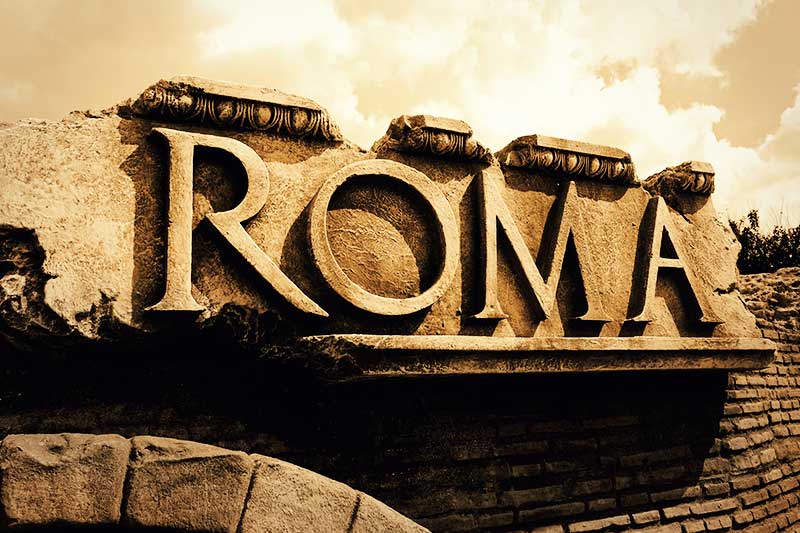
Rome has just turned 2.773 years old (Photo: Dreamstime)
At the end of February, just before the coronavirus pandemic hit us, archeologists made yet another amazing discovery in the Roman Forum, an underground chamber containing a 6th century BC sarcophagus experts immediately connected to the cult of Romulus. While many began saying we had finally found the tomb of the legendary founder of Rome, specialists were quick to declare that wasn’t quite the case: “This isn’t Romulus’ tomb — says Alfonsina Russo, director of the Parco Archeologico del Colosseo — but a place dedicated to him, where his cult was celebrated.” Not quite the same, but yet another proof Romulus was an essential figure in Rome for centuries.
Three millennia, could you believe it? How much beauty Rome saw, how many wars she endured, how many smiles she caused and tears her soil absorbed. Yet, there she stands, graceful and magnificent in her solitude of today, ready to grace the world with her voice for another 3.000 years.
